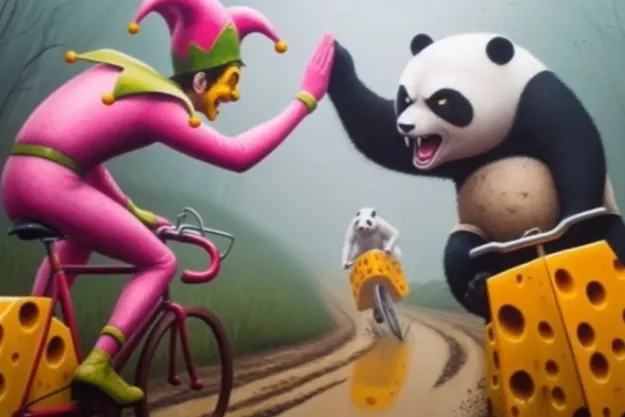The latest development in artificial intelligence is a tool that allows you to edit an already-generated image to your specifications.
Say you wanted to “change the dimensions of a car or manipulate a smile into a frown with a simple click and drag,” you could do so with this model called DragGAN.
The Generative Adversarial Network (GAN) is currently in the form of a research paper, however, it has garnered such attention from those interested in viewing its demos that the research team’s homepage has experienced crashing due to the heavy traffic.
The Verge compared DragGAN to the Warp tool in Photoshop, adding that it is much more powerful since it doesn’t “smush pixels around,” but rather “re-generates the underlying object,” and can even rotate 3D images.
The potential of such a tool lies in the fact that text-to-image generative AI doesn’t always output what you might want. So you can go back in afterward and make edits to an existing image, instead of automatically having to generate a new image.
Some demos that are a part of the research paper include adding height to a mountain, changing the positioning of a model and editing the length and shape of her clothes, opening or closing a lion’s mouth, and changing a person’s face from a plain look to a smile. With many AI tools currently available, users have to regenerate an image with a more specific prompt to get a more desirable result.
The research team noted in its paper that new details can be added within the regeneration of the edited aspects of images that are beneficial to the update. “Our approach can hallucinate occluded content, like the teeth inside a lion’s mouth, and can deform following the object’s rigidity, like the bending of a horse leg.”
There are many brands that are attempting to offer editing options for generative AI content. However, most do not go as far as allowing for the actual editing of images, but rather for aspects such as editing around images. For example, Microsoft’s Designer app allows you to generate AI images from a text prompt, and you can select your favorite from three results, then take it to the design studio where you can create a host of creativity and productivity-based projects, such as social media posts, invitations, digital postcards, or graphics with the image as the focal point. However, you cannot edit the AI-generated image.
With the DragGAN tool still being a demo for now, there is no telling what the quality of a readily available technology would be, or if it would even be possible, especially since the demos are based on low-resolution videos. However, it is an interesting example of how quickly AI continues to develop.
Editors' Recommendations
- Why Llama 3 is changing everything in the world of AI
- I was wrong — Nvidia’s AI NPCs could be a game changer
- Fake AI images are showing up in Google search — and it’s a problem
- This magic Photoshop feature has changed how I edit photos forever
- New ‘poisoning’ tool spells trouble for AI text-to-image tech



